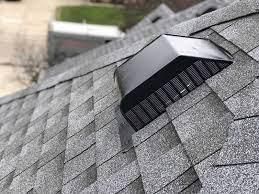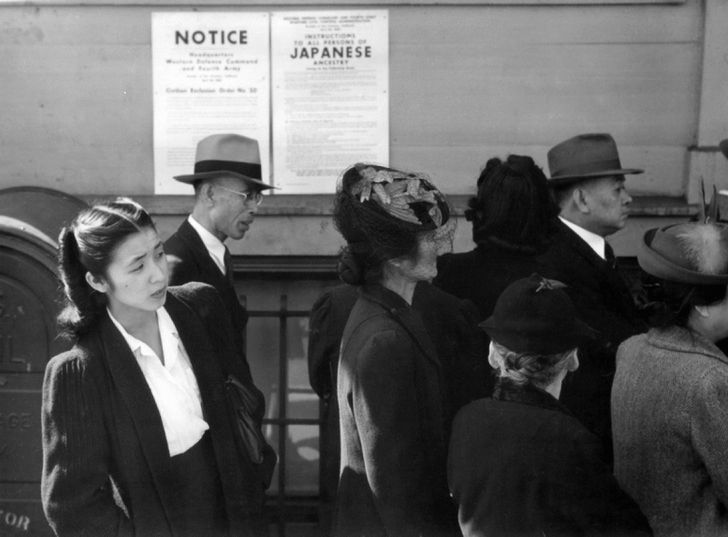You can walk around every area, look at the ceiling, walk and sit on the ceiling. All of these various roof walkways serve a specific purpose, helping the roof and the house function properly.
One of the most important walkways is the roof opening. Vents come in a variety of shapes and sizes, but they all serve the same purpose. That is, to help the house breathe properly.
When buying a new roof, choose the type of ventilation you need based on your desired look and attic ventilation system. But what kind of roof openings do you have?
We want you to have all the knowledge to make the right purchase decision for your situation, so we will break it down for you.
The Bill Ragan Roofing team has been supporting the roof vents and attic ventilation systems of Nashville residents since 1990. We work together to find the right roof vents to meet your needs without breaking your budget. In addition, if there is a problem with the installed vent, we will repair it with a lifetime warranty.
By the end of this article, you will learn about attic ventilation systems and common types of roof ventilation.
What is attic ventilation?
Ventilating your attic is a system that allows your home to breathe. It works by taking in cold air from the attic and properly dissipating heat from the vents.
There are two types of attic ventilation systems, active and passive. Active ventilation sucks in and exhausts outside air. Passive ventilation means that the attic air is moved by natural sources such as wind.
Both ventilation systems play their respective roles, and one is not superior to the other. However, if the attic is not well ventilated, problems will occur.
What is the type of roof opening?
Now you know what attic ventilation is and two types of ventilation systems. You can choose from a variety of roof vent styles for each system.
Types of active roof openings
Active vents work by creating a pull effect that draws air from the intake vents and pushes air back from the exhaust vents. There are four common types of active roof vents: turbine, power, ridge and solar.
Turbine fan
Turbine vents (also known as vortex birds) work by taking advantage of the convective pull (heat rise) effect to move the air around the attic even in the absence of wind.
As long as this type of vent is properly installed, the attic air will move 10-12 times an hour.
Turbine vents are slats that open into the outdoor attic, so there is a common misconception that rain, snow, and bugs can enter the house from there. However, it is designed to prevent this from happening unless the vent is damaged.
Forced ventilation
Air vents are very low profile round holes found on most roofs.
They are installed near the roof ridge (above) and use electricity to remove heat from the attic. In winter, you will need to use a humidifier to move the electric vents.
Otherwise, moisture will accumulate in the attic, causing condensation and shortening the life of the roof. Fan electric motors tend to fail, so be prepared to replace them one day.
solar powered ventilation
Solar electrical outlets are similar to electrical outlets but use the sun as a source of energy.
These vents are good for saving energy, but they turn off when the solar panels are charging.
The problem is that due to the energy required to run the motor, the solar panel cannot hold a charge long enough to keep the fan running throughout the day. As a result, the air conditioner may continue to operate while the battery is charging, resulting in higher energy loads.
Air vent with baffle
Ridge openings are cut into the ridge of the roof and run along the entire length of the roof.
This style of ventilation is popular because it doesn't protrude above the ground. Although very popular, the disadvantage of this vent is that if there is no filter in the vent, insects, debris, rain and snow can enter the attic.
If there is no baffle (ductwork that provides a channel for airflow) in the ridge vent to help move air through the attic, it is passive ventilation.
Types of Passive Roof Openings
Passive vents use the natural forces of nature, such as wind and convection, to move air around the attic. These openings have no moving parts, are silent and require virtually no maintenance.
Common types of passive roof openings are ridge openings without static deflectors and gable openings.
static ventilation
Static vents look like a small box on top of the roof.
They work by allowing heat to escape from the ceiling by convection.
This means that when the attic heats up, hot air is forced out through the vents. You may also hear static holes called turtle holes or box holes.
Deflector less ridge ventilation
Like the active version of this type of roof opening, it is cut at the ridge and runs the entire length of the ridge. The only difference is that there is no deflector (an air duct that provides a channel for air flow).
The problem with deflector less ridge openings is that debris, rain, snow, insects, etc. they can get into the attic.
gable ventilation
A gable window is a wooden window installed in the outer wall of the attic below, where two attic slopes converge. This ventilation relies on outside wind to move air in and out of the attic.
Why is attic ventilation important for roofs and houses?
Now you know the most common type of vent. The choice of roof ventilation depends on the appearance and ventilation system you need.
No matter what type of roof ventilation you need, the most important thing is that the attic is well ventilated. If this is not the case, then this will be the source of many costly problems and headaches in the future.
Therefore, it is important to know why proper attic ventilation is important not only for the roof, but also for the house. It's so important that we've already sorted it out for you.
Since 1990, the Bill Ragan Roofing team has been helping Nashville area homeowners with all types of roofs, including essential ones like attic ventilation. So one of the first things to check during testing is proper ventilation.
To learn more about the importance of attic ventilation systems, check out this article on three reasons why proper attic ventilation is important for roofs and homes.







 Christmas and New Year gift card
Photo by
Christmas and New Year gift card
Photo by  butter cookies on plate
Photo by
butter cookies on plate
Photo by  boy holding Holy
boy holding Holy 





